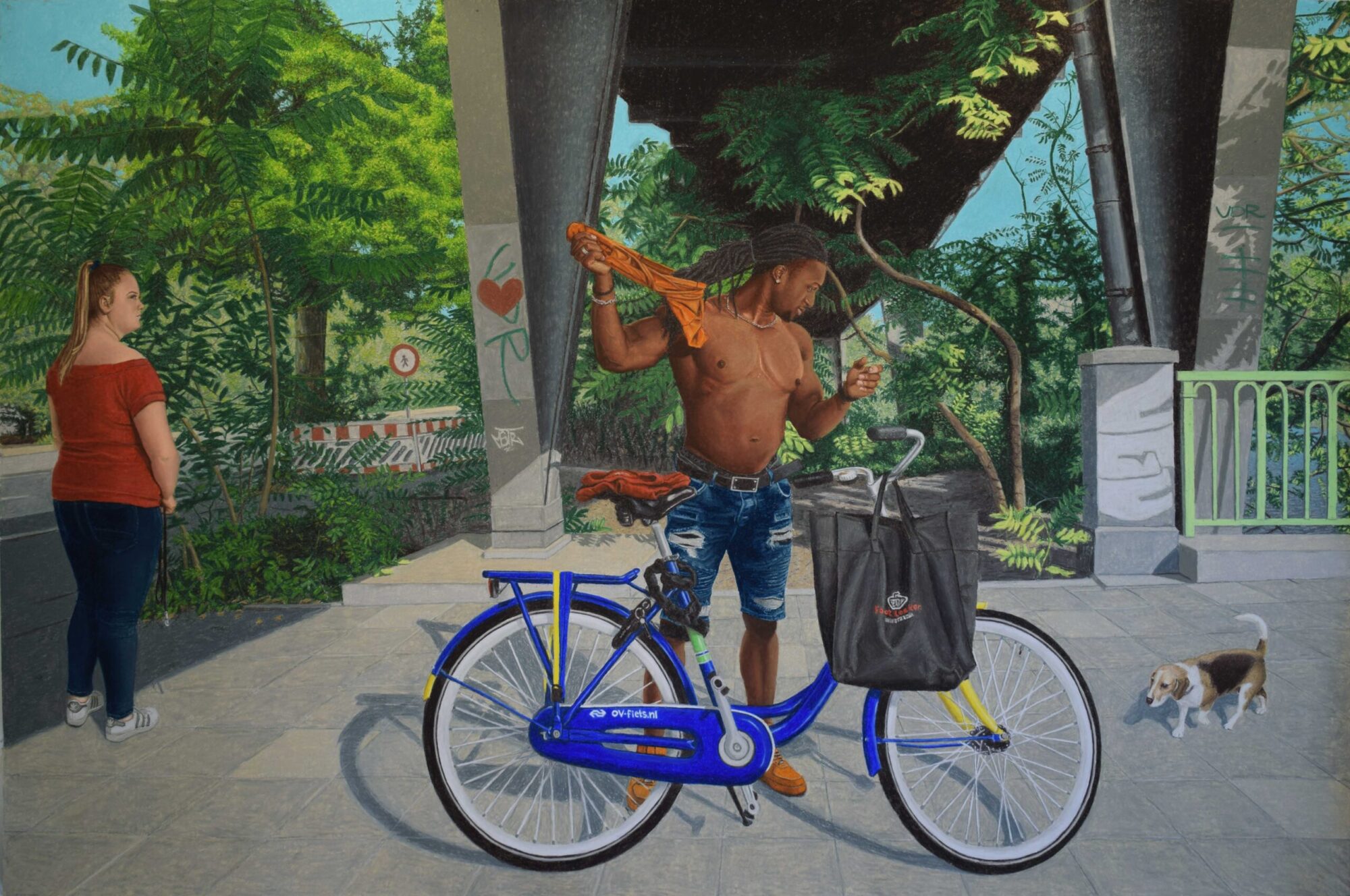By Anne Vervoort
“WHAT IS WATER?” ~~~Astrida Neimanis
‘Figuring Water in the Anthropocene’
If anyone, the Dutch ought to know what water is. Living in a land of which a major part lies below sea level, at least the imminent presence of water should be felt by every inhabitant. Indeed, taking into account the Dutch history of flooding, one would expect the question on every Dutch person’s mind to be “Will we never be rid of the water?” In contrast, it would appear that since the almost complete absence of flooding due to mid-twentieth century infrastructural developments, namely the Afsluitdijk and Deltaworks, the Dutch seem to believe that they have ‘tamed’ the water and are safe.
I intend to investigate on how the Dutch characterise water in relation to the human. In particular I will focus on the predominant description of the water as a ‘wolf’ that is a threat to the people in Dutch history. This characterisation in particular has consequences for adaptation to a changing climate and subsequent rising sea levels, as it situates itself in a self-affirming loop. I will then bring attention to more recent figurations of the ‘water wolf’ which present more productive encounters between (Dutch) children and water, namely in Bert Haanstra’s film ‘De Stem van het Water’ (1966), and Annie M.G. Schmidt’s children’s book ‘Pluk van de Petteflet’ (1970). Furthermore, I will bring these objects into dialogue with Astrida Neimanis’ texts ‘Hydrofeminism’ (2012) and ‘Imagining Water in the Anthropocene’ (2016) which explore possibilities for productive conceptions of water for the future. I will conclude with a more recent representation of water, Roosegaarde’s light installation ‘Waterlicht’, which allows water to be experienced by the human in a sublime manner. Through this I will argue for the need for mediation of water characterisation through culture to kindle future figurations of water as an equal participant in a future Dutch landscape.
